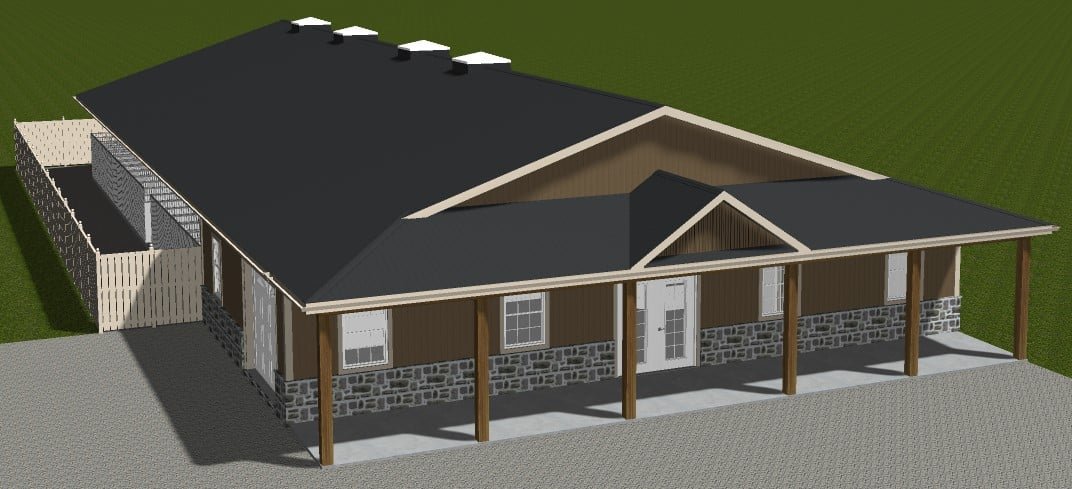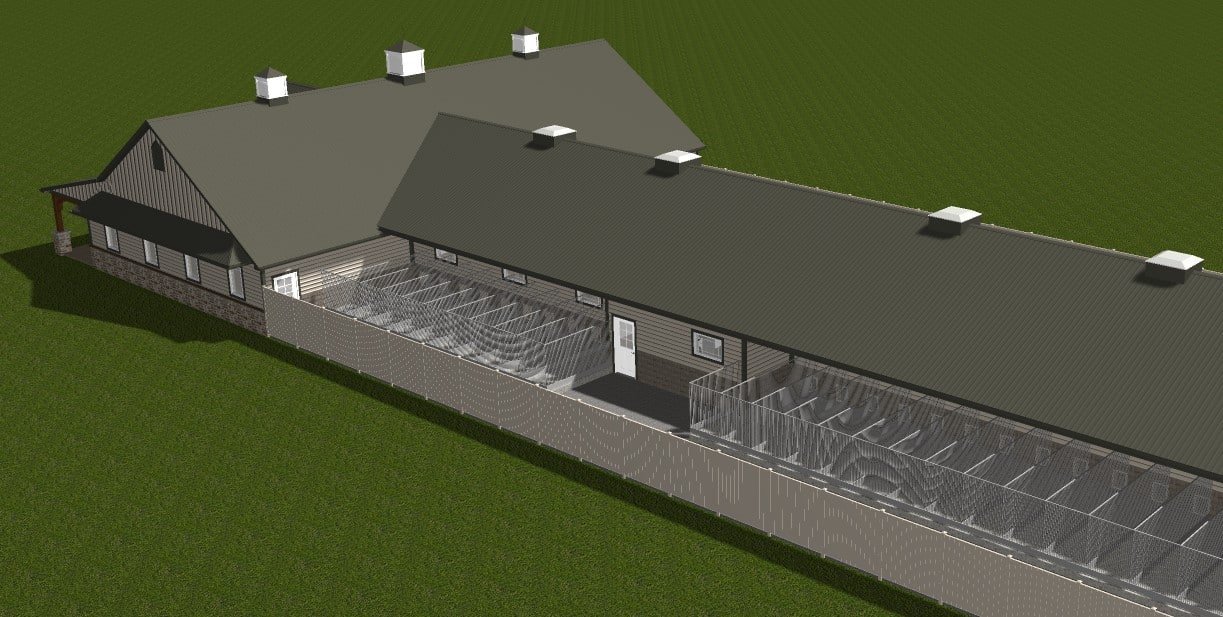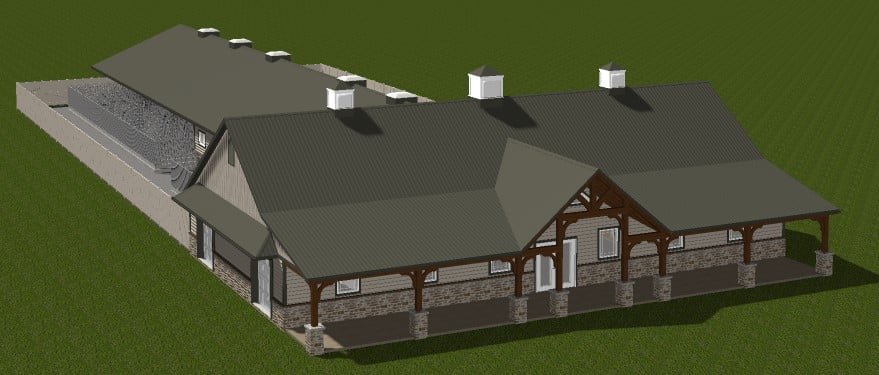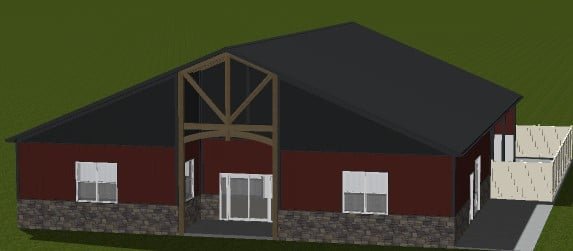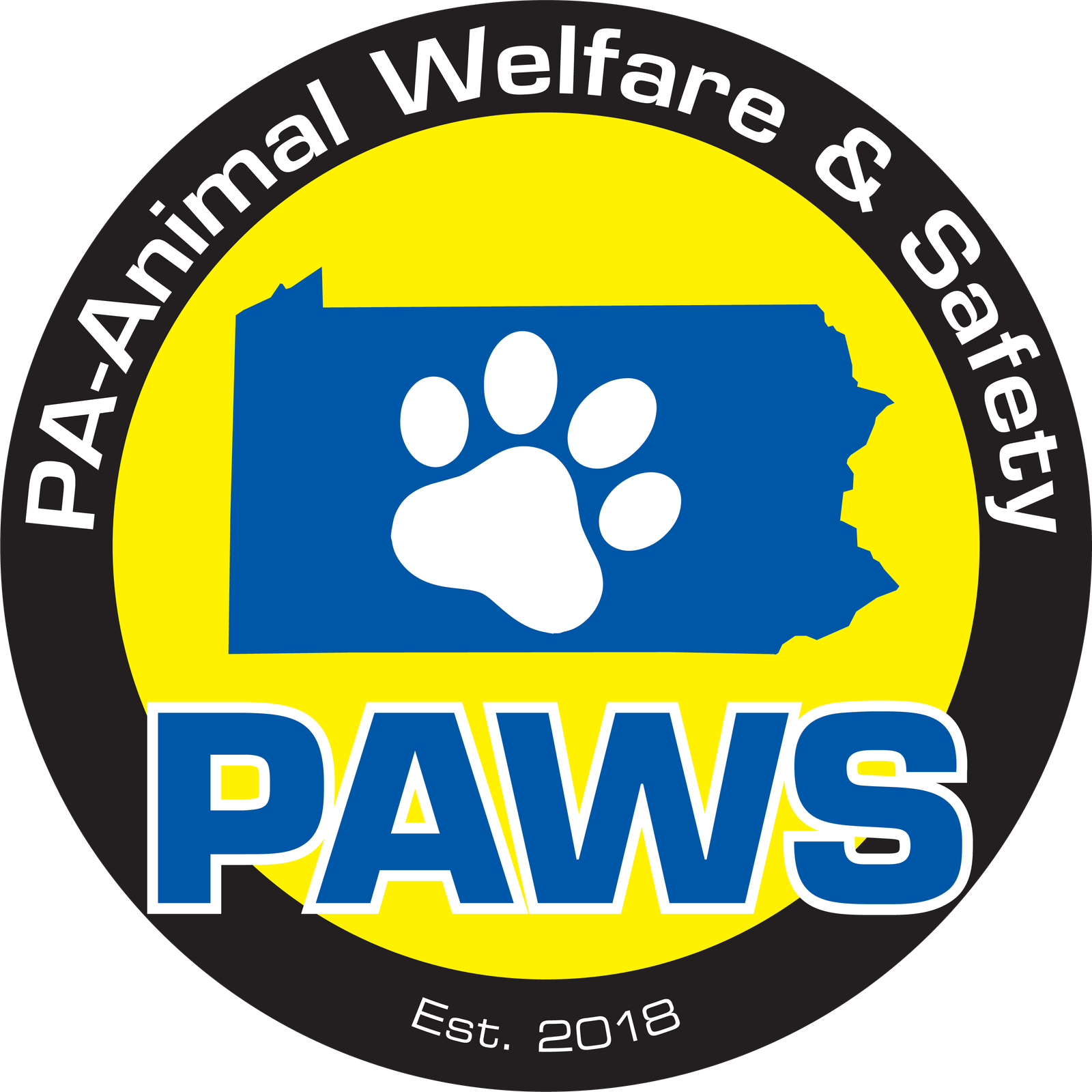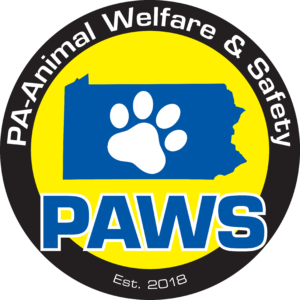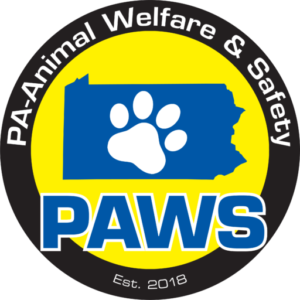THE LEGAL PROCESS
The process on designing a kennel and getting township approval can be an interesting but daunting process to the inexperienced individual. There are lots of factors to consider and lots of regulations, both state (Dog Law) and township (depending on your area) to abide by and adhere to. I will try to share some insight based off my experience in construction, raising puppies, dealing with different townships, touring various kennels in multiple states, and assisting individuals with designing new kennels.
Before launching too far into the designing phase of a kennel, check your township’s ordinances pertaining to kennels. If you do not have access to the township’s website, ask your zoning officer for a copy of the ordinances that pertain to kennels or discuss with him what you would like to do and ask him questions on what you can or are allowed to do. Be outright and respectful, and do not try to “beat around the bush”. This will only further complicate the process. The more you tell him, the better he will be able to help you out. The zoning officer has a lot of authority, but he will be your friend if you treat him with respect.
Most, but not all, townships that allow kennels require you to obtain a “special exemption” from the zoning board before they will issue a kennel permit. This usually consists of paperwork, most times complicated, which needs to be submitted to the township a few weeks prior to their next meeting. The meeting is usually held at the township municipal office and is open to the public. Expect protesters to be at the meeting if you are proposing a kennel. I highly encourage anyone to hire a land-use attorney experienced with kennels, to assist with the hearing paperwork and to professionally represent you at the meeting.
Once or if you are approved to have a kennel (yes, you may be denied) and your kennel will be a new building, it is time to look into storm water requirements for your project. This will vary greatly depending on the size of your project and the township you live in. Most non-commercial kennels will only need a “minor” stormwater plan, which means that you or your building designer can create the storm water plan, based off calculations provided by the township. If you fall under this category, then you are ready to dive into the kennel designing, and the storm water plan will be the last thing to do before applying for the permit. If you do not qualify for the “minor” SW plan, then you will need a “major” SW plan, which will need to be designed by a civil engineer. Civil engineers often have lengthy lead times, therefore it would be wise to get him in the game right away. All he should need to know to get started with the surveying and SW design is an approximate building size and location. The actual details of the kennel can be worked on even while the SW design is in process. Just be sure that the engineer gets a final copy of the kennel design once it is completed.
DETERMINING THE SIZE OF YOUR KENNEL
If the township has not implemented a maximum number of dogs that you are allowed to have, your biggest decision may be to determine the amount and breed of dogs that you wish to breed. Consider lowering the cost of the new kennel by building a smaller kennel and having less dogs, while focusing more on quality and customer satisfaction. There are many ways that you as a breeder can “set yourself apart” from your competition, and establish your own customer base. This will take more time per dog, but you should be able to make just as much money and have happier customers by selling less puppies but for a higher price. You will likely find yourself enjoying your job more and your dogs will be more socialized, because each dog will receive more attention and better care.
DETERMINING YOUR TYPE OF KENNEL
Another major decision that you will need to make is to determine which type of kennel will best fit your needs; wash-down, shavings, mop/ wipe-down, or a combination of either. Also to consider is the type of floor surface that you want your outside runs to have; vinyl decking, sealed concrete, or washed stone. All these designs have advantages and disadvantages.
A few advantages of wash-down; the ability to pull out a water hose from a hose reel and being able to wash down all dirt and grime with minimal effort. Disinfectants can be automatically added to your hose real from a drum in the utility room. The flip side to wash-down is that all building materials, lights, and outlets must be waterproof, and most waterproof products do not absorb sound very well. A few things can be done to help this, but most wash-down kennels will be noisy and may echo. Too much humidity can also be an issue in a kennel that receives a daily wash-down.
A few advantages of using shavings; shavings will absorb your dog’s urine, resulting in less tracking or smearing thru-out the kennel. Also, you will not be washing the kennel down on a regular basis, therefore humidity will be less of an issue then with a wash-down kennel. Puppies still with their mom will also remain much cleaner in shavings versus on a solid, bare surface floor. The biggest disadvantage to using shavings is dust. Everyone hates dust, and everyone dislikes taking a rag and buckets of water and wiping down every surface, ledge, crevice, and window, which will need to be done on a regular basis. Kennels using shavings may also need to install a humidifier, to keep the air from being too dry.
Finally, a kennel that is designed to be mopped or wiped down will offer you some flexibility. This kennel will need to be designed similar to a wash-down, but you will have the option of using wood interior finishes if coated with a smooth exterior grade clear coat. These materials will be much more sound absorbent, and the kennel will not sound quite as harsh, or noisy. You will have the option of using shavings for some of the pens, while still being able to clean up with a mop and bucket of water in the adjacent pen. However, using a mop and bucket of water to clean the kennel on a regular basis will likely be more labor intensive than pulling out a hose and washing the kennel down.
A lot of time could be spent discussing the advantages and disadvantages of the different types of surfaces for the outside runs as well. Concrete is very common but decking and stones are also frequently used. Concrete can be messy when used without shavings as there is no absorption, but it is durable and easy to clean if coated with the proper sealer. Never have unsealed concrete in your pens! Decking will allow drainage and has better traction than concrete but may be a little harder to clean because of the texture. Stones will also allow great drainage but may cling to the paws of larger dogs and drag into your kennel, resulting in messy interiors, especially when the stones are wet or not properly sized for your breed of dogs. Dogs also like digging in stones, therefore concrete curbs may need to be poured around the perimeter and between each run.
THINGS TO CONSIDER WHEN DESIGNING YOUR NEW KENNEL
There are many things to consider, and each person has his own ideas on what to incorporate into the new building. I will share a few tips & ideas that I have learned over the years. Some of these subjects may seem trivial, but can save you a lot of money & labor in years to come. Here is a list of a few that come to mind.
1. Assure that the bottom 4” of the divider panels (inside & out) have no more than a 1” gap anywhere. I have heard, and experienced firsthand, what happens if a dog whelps and the puppies end up in the adjacent pen. The results can be devastating. Dogs will not always whelp where you want them to, so keep this in mind for both the inside and outside runs!
2. Consider raising the interior runs. This not only brings the dogs up to a more convenient height, but it allows you to design the run floors to drain water if you are washing down.
3. Keep your dog doors 5”-10” above the inside runs, and your outside runs 2”-4” below the dog doors, depending on the breeds you raise. This will help eliminate having your 4 or 5 weeks old pups from falling out and not being able to get back in.
4. Design your weaning pens to be at a convenient height, with an open top. This will allow you to reach in and access the pups without always having to open the door, which can result in puppies jumping or falling out and hitting their heads if you have raised pens.
5. Consider installing security cameras in your whelping room, or even throughout your kennel. These devices can be readily found online, or at your local kennel supply store, for an affordable price, and can pay itself off in short order. The cameras are usually plugged into a wall outlet, and are wirelessly connected to a monitor in your home or office. This will give you the ability to closely monitor your whelping dogs, to watch when puppy customers drive in, or to view recordings of break-ins or thefts!
6. Design your kennel with an exercise yard. Your dogs will love you for letting them stretch their legs on a regular basis, and your customers will love to see a few dogs or the puppies running around the exercise yard when they come. You don’t have to let the whole pack out at once. Be cautious when letting out multiple moms with newborns. I have had a mom with newborns run in and kill a newborn pup in the adjacent pen. Moms with pups may also be over-reactive and can easily get into fights, resulting in serious wounds to an already stressed female.
7. New to a lot of breeders, but trending, is feeding raw to your dogs. Do some research on the benefits of feeding your dogs a raw meat diet. If you think this is for you, you will probably need to add a large freezer and a refrigerator to your kennel. Get creative, and build these into your walls for a clean appearance, and to keep your appliances free of water and dust.
CREATING AND FINALIZING THE PLANS FOR YOUR KENNEL
Once you have decided a few of these main factors, it is time to get your ideas on paper. The amount of detail that needs to be on paper will vary greatly with each township. Some townships will only ask for a rough hand-drawn sketch of the proposed kennel, but a lot of townships in PA will require very detailed structural, as well as MEP (mechanical, electrical, and plumbing) drawings. Regardless of what is required, your contractor will appreciate working off a professional blueprint which will usually have a well thought-through plan in place, and the labor saved by the contractors, as well as building materials saved, when using a professional blueprint will very likely be more than what you paid the designer and engineers.
Commercial kennel license holders in PA will need to have a sealed letter from a certified engineer showing that the kennel meets the state’s ventilation requirements, before the Dog Law allows you to operate out of that kennel. Your building designers should be working side by side with the engineers to apply the proper information to the building plans, which will then be used by the electricians, etc.
Some townships consider kennels a “commercial” building. If so, your kennel will need to be designed and built to meet commercial building codes. In such a situation your designer will forward the final building plans to a certified structural engineer to review the design and place his seal on. These plans will then, after being stamped by the professional engineer, be forwarded by the township to a third-party reviewer/ engineer. These reviewers are usually extremely thorough, and if missing info is found on the building plans, modifications will need to be made by the designer, and the plans will have to be re-engineered and resubmitted to the third-party for another review. Once the plans pass review, they will send a letter to your township, and the zoning officer will likely be issuing your permit within a few weeks. You are now ready to get started constructing your new kennel!
Many more subjects could be covered regarding kennel design and management. Contact a kennel consultant, a building designer, or ask fellow dog breeders for tips and advice. Good luck! May your works be a light to the world and those around us!
